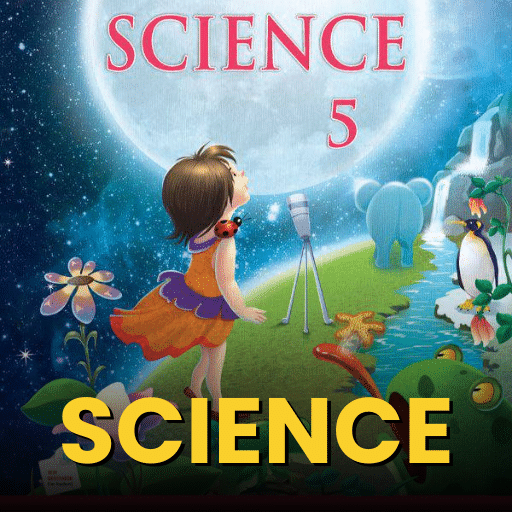Linear Equations in One Variable Class 8 Worksheet Maths Chapter 2
Multiple Choice Questions
Q1: Tell which of the following is a linear equation in one variable:
(a) x 2 − 4x + 3 = 0
(b) 6x − 2y = 7
(c) 3x − 1 = −2x
(d) pq − 3 = p
Ans. C
Sol: 
Q2: 3 added to a number is 11. Which equation represents this statement?
(a) 3x=11
(b) x+3=11
(c) x−3=11
(d) 3+x=0
Ans: B)
Sol: 3 added to a number" translates to x+3, which is equal to 11.
Q3: 2 times the sum of the number x and 7 is 13. Which equation represents this statement?
(a) 2x+7=13
(b) 2(x+7)=13
(c) (2x)+7=13
(d) 2x+2=13
Ans: B)
Sol: 2 times the sum of the number x and 7" translates to 2(x+7), which is equal to 13.
Q4: The value of x is :
3(4x−7)−2(5x−9) = 4(3x−8)−10
(a) x = 39/10
(b) x = 42/10
(c) x = −1
(d) x = 25/5
Ans:
Sol: 
Q5: Check whether the linear equation 4x − 3 = 9 is true for x = 3.
(a) Yes
(b) No
(c) Cannot be determined
(d) None of these
Ans: (a) Yes
Sol: Given that 4x − 3 = 9, substituting x = 3:
LHS = 4 × 3 − 3 = 12 − 3 = 9
RHS = 9
Since LHS = RHS, the equation is true for x = 3.
True and False statement
Q1: An equation can have linear expressions on both sides of the equality sign.
Ans. True
Explanation: The equation may have linear expressions on both sides, allowing for variables to appear on either side of the equation.
Q2: Variables cannot be moved from one side of an equation to the other.
Ans. False.
Explanation: The variables and numbers, can be transposed from one side of the equation to the other.
Q3: An algebraic equation is an equality that involves only numbers.
Ans. False.
Explanation: An algebraic equation involves variables as well as numbers. It states that the value of the expression on one side of the equality sign is equal to the value of the expression on the other side.
Q4: The shifting of one number from one side of linear equation to another side is called transposition
Ans. True
Q5: In linear equations, the highest power of the variable is 2.
Ans. False.
Explanation: Linear equations are characterized by having the highest power of the variable as 1. If the highest power is 2, the equation is quadratic, not linear.
Answer the following Questions
Q1: Check whether the linear equation 3x + 5 = 11 is true for x = 2.
Sol: Given that 3x + 5 = 11
For x = 2, we get
LHS = 3 × 2 + 5 = 6 + 5 = 11
LHS = RHS = 11
Hence, the given equation is true for x = 2
Q2: Solve the following linear equations:
(a) 4x + 5 = 9
(b) x + 3/2 = 2x
Sol:
(a) We have 4x + 5 = 9
⇒ 4x = 9 – 5 (Transposing 5 to RHS)
⇒ 4x = 4
⇒ x = 1 (Transposing 4 to RHS)
(b) We have x + 3/2= 2x Q3: Solve the equation :
Q3: Solve the equation :
Sol: Q4: Solve the equation :
Q4: Solve the equation : Sol:
Sol: 
Q5: Solve the equation :
Sol: 
Q6: 9x + 5 = 4(x – 2)+ 8
Sol: 9x + 5= 4(x – 2) + 8,
By transposing the above equation, we get,
9x + 5= 4x – 8 + 8
9x – 4x = -5
Again by transposing
5x= -5
x= -5/5
x= -1
Q7: Simplify the following
 Sol:
Sol:
Q8: Solve the following :
 Sol:
Sol:

Q9: Simplify the following : Sol:
Sol:
Q10: Simplify the following :
Sol:

|
81 videos|413 docs|31 tests
|
FAQs on Linear Equations in One Variable Class 8 Worksheet Maths Chapter 2
| 1. How do you solve a linear equation in one variable? |  |
| 2. What is the importance of solving linear equations in one variable? |  |
| 3. Can you give an example of a linear equation in one variable? |  |
| 4. What are the different methods to solve linear equations in one variable? |  |
| 5. How can linear equations in one variable be applied in real-life scenarios? |  |



























